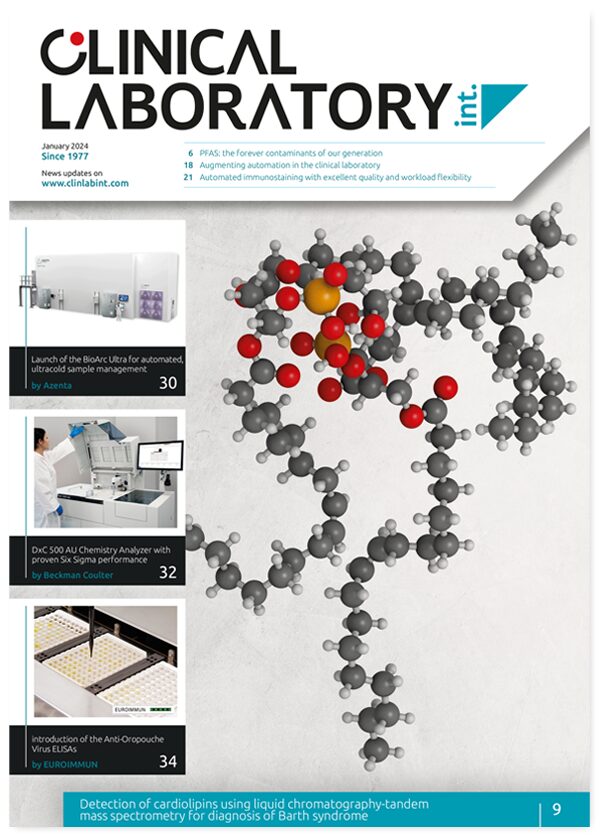Scientists create method to personalise chemotherapy drug selection
In laboratory studies, scientists at the Johns Hopkins Kimmel Cancer Center have developed a way to personalise chemotherapy drug selection for cancer patients by using cell lines created from their own tumors.
If the technique is successful in further studies, it could replace current laboratory tests to optimise drug selection that have proven technically challenging, of limited use, and slow, the researchers say.
Oncologists typically choose anticancer drugs based on the affected organs’ location and/or the appearance and activity of cancer cells when viewed under a microscope. Some companies offer commercial tests on surgically removed tumours using a small number of anticancer drugs. But Anirban Maitra, MBBS, professor of pathology and oncology at the Johns Hopkins University School of Medicine, says the tissue samples used in such tests may have been injured by anaesthetic drugs or shipping to a lab, compromising test results.
By contrast, he says ‘our cell lines better and more accurately represent the tumours, and can be tested against any drug library in the world to see if the cancer is responsive.’
The Johns Hopkins scientists developed their test-worthy cell lines by injecting human pancreatic and ovarian tumour cells into mice genetically engineered to favour tumour growth. Once tumours grew to one centimetre in diameter in the mice, the scientists transferred the tumours to culture flasks for additional studies and tests with anticancer drugs.
In one experiment, they successfully pinpointed the two anticancer drugs from among more than 3,000 that were the most effective in killing cells in one of the pancreatic cancer cell lines
The new method was designed to overcome one of the central problems of growing human tumour cell lines in a laboratory dish — namely the tendency of non-cancerous cells in a tumour to overgrow cancerous ones, says James Eshleman, M.D., Ph.D., professor of pathology and oncology and associate director of the Molecular Diagnostics Laboratory at Johns Hopkins. As a consequence, it has not been possible to conventionally grow cell lines for some cancers. Still other cell lines, Eshleman says, don’t reflect the full spectrum of disease.
To solve the problem of overcrowding by non-cancerous cells, Maitra and Eshleman bred genetically engineered mice that replace the non-cancerous cells with mouse cells that can be destroyed by chemicals, leaving pure human tumour cells for study.
‘Our technique allows us to produce cell lines where they don’t now exist, where more lines are needed, or where there is a particularly rare or biologically distinctive patient we want to study,’ says Eshleman.
John Hopkin’s Hospital


